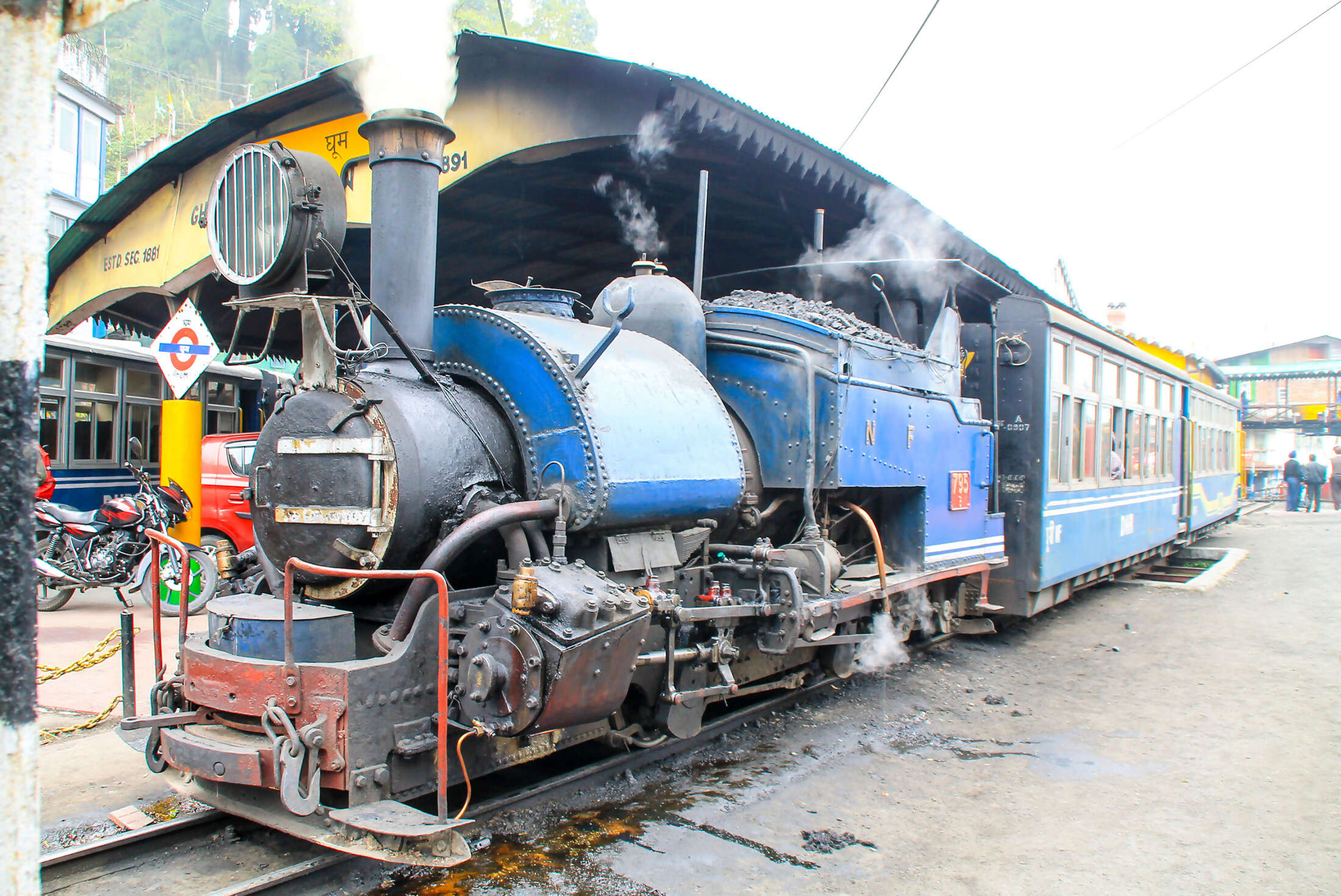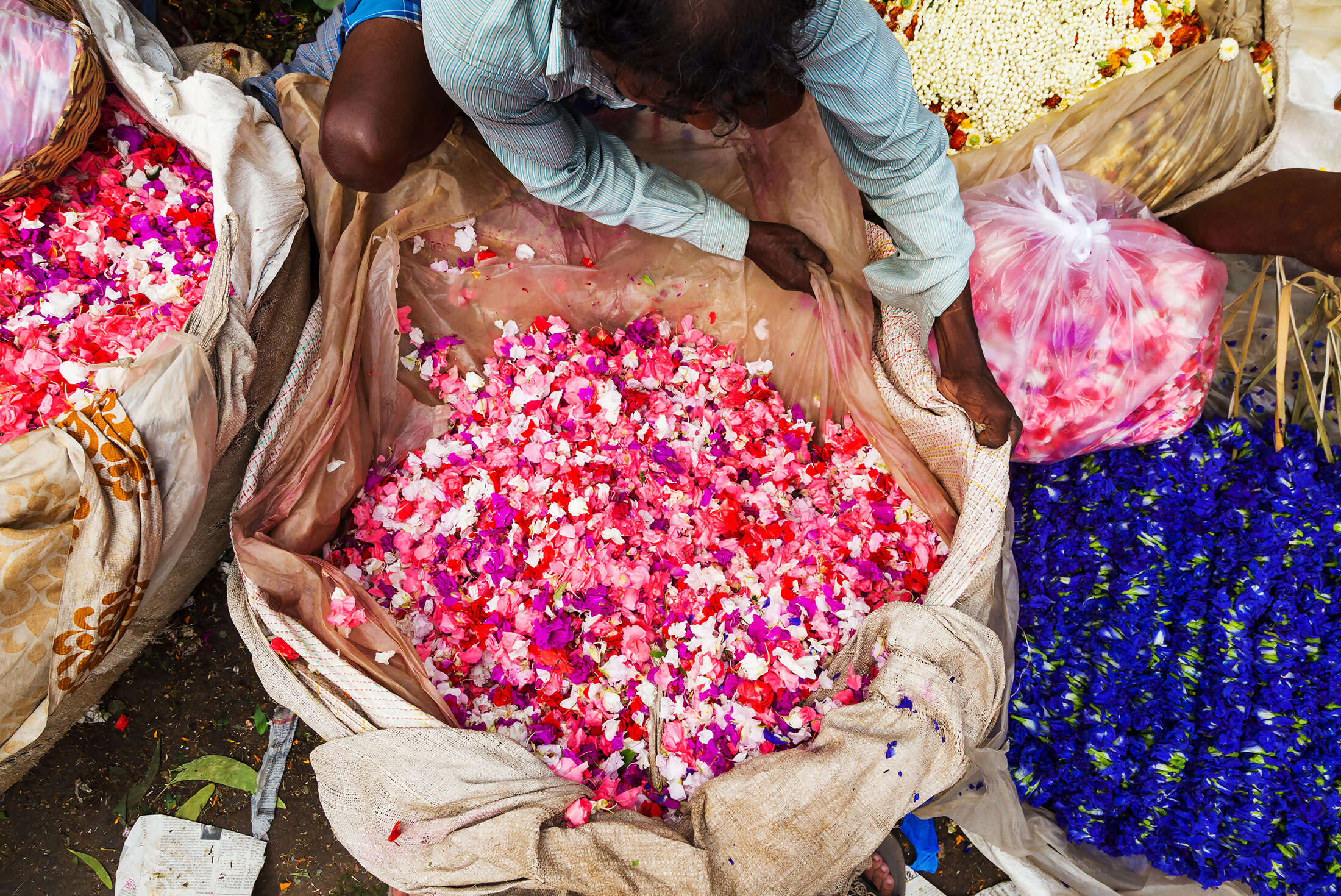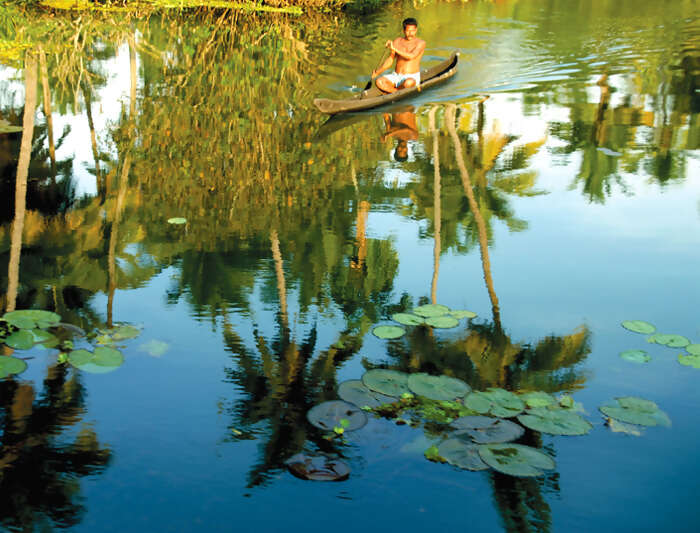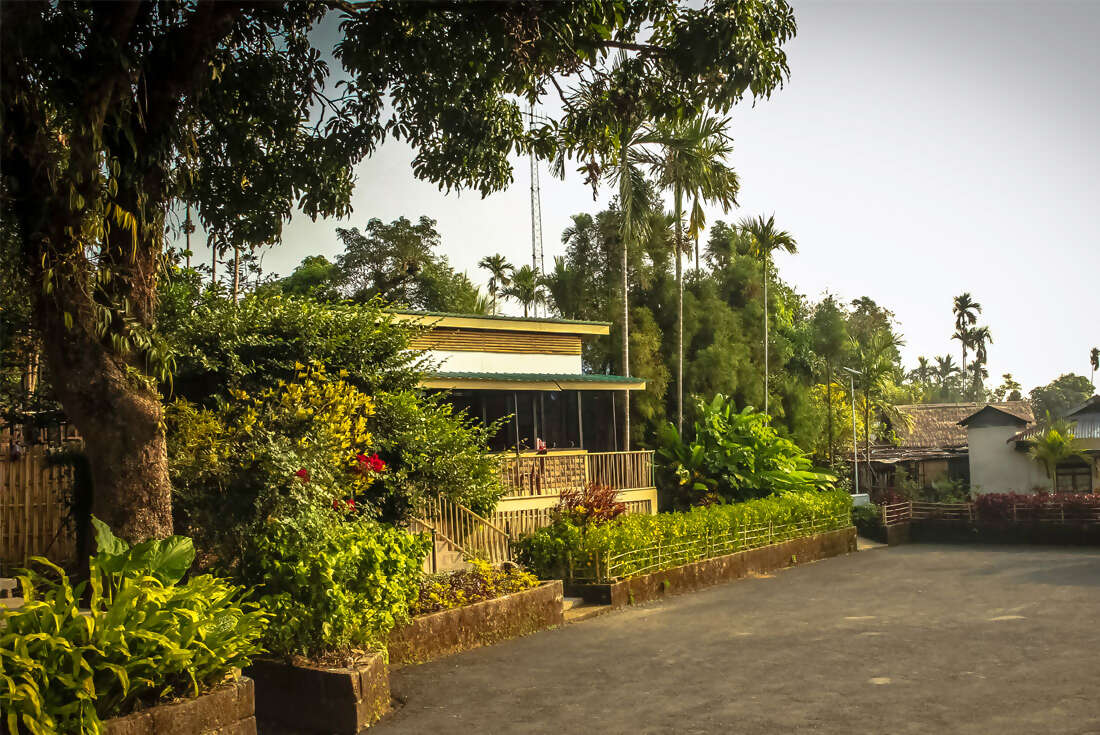 Set off on a 16-day Expedition to the unspoiled wildlife reserves, spectacular wetlands and rambling mountain villages that make far-flung northeastern India so spectacular. Learn about the eclectic cultures of Sikkim, Assam and Nagaland, search for the iconic one-horned rhinoceros in Kaziranga National Park and take a winding journey on the Darjeeling Himalayan Railway. Explore the floating marshlands of Keibul National Park, visit Gangtok’s controversial Rumtek Monastery and check out a living root bridge – the handiwork of the Khasi people. Be prepared to be wowed by a side of the country few visitors see.
Set off on a 16-day Expedition to the unspoiled wildlife reserves, spectacular wetlands and rambling mountain villages that make far-flung northeastern India so spectacular. Learn about the eclectic cultures of Sikkim, Assam and Nagaland, search for the iconic one-horned rhinoceros in Kaziranga National Park and take a winding journey on the Darjeeling Himalayan Railway. Explore the floating marshlands of Keibul National Park, visit Gangtok’s controversial Rumtek Monastery and check out a living root bridge – the handiwork of the Khasi people. Be prepared to be wowed by a side of the country few visitors see. Highlights
Embark on a two jeep safari drives in Kaziranga National Park, home to two-thirds of the world’s one-horned rhinos, wild boar and incredible birdlife.
Wander through thousands of market stalls in Ima Keithel – a female-run bazaar where every vendor is a woman – and discover the local history of feminist activism.
Learn about the proud warrior traditions of the Naga people and their resistance against colonial forces, exploring hillside villages like Khonoma and Kigwema.
Visit a lush Khasi village dubbed the cleanest in India by the former prime minister, then hike to living root bridge that looks like something out of a fairy tale.
Gaze out at the Himalayas from the Darjeeling Toy Train as it winds its way through the mountains – it doesn’t get much more romantic than a steam-powered locomotive ride.









- You will visit the following places:
-

Kolkata
Kolkata, formerly known as Calcutta, is the capital of the Indian state of West Bengal. It is the commercial capital of Eastern India, located on the east bank of the Hooghly River. The Kolkata metropolitan area, including suburbs, has a population exceeding 15 million, making it the third most populous metropolitan area in India and the 13th most populous urban area in the world. The city is also classified as the eighth largest urban agglomeration in the world. Today it’s known for its grand colonial architecture, art galleries and cultural festivals.
-

Darjeeling
Darjeeling is a town and a municipality in the Indian state of West Bengal. It is noted for its tea industry, the spectacular views of Kangchenjunga, the world's third-highest mountain, and the Darjeeling Himalayan Railway, a UNESCO World Heritage Site. Darjeeling is the headquarters of Darjeeling district which has a partially autonomous status within the state of West Bengal. It is also a popular tourist destination in India.
-

Gangtok
Gangtok is a municipality, the capital and the largest town of the Indian state of Sikkim. The town's population of 100,000 belongs to different ethnicities such as Nepali, Lepchas and Bhutia. Nestled within higher peaks of the Himalaya and enjoying a year-round mild temperate climate, Gangtok is at the centre of Sikkim's tourism industry. Gangtok rose to prominence as a popular Buddhist pilgrimage site after the construction of the Enchey Monastery in 1840. In 1894, the ruling Sikkimese Chogyal, Thutob Namgyal, transferred the capital to Gangtok. In the early 20th century, Gangtok became a major stopover on the trade route between Lhasa in Tibet and cities such as Kolkata (then Calcutta) in British India. After India won its independence from Britain in 1947, Sikkim chose to remain an independent monarchy, with Gangtok as its capital. In 1975, after the integration with the union of India, Gangtok was made India's 22nd state capital. The precise meaning of the name "Gangtok" is unclear, though the most popular meaning is "hill top". Today, Gangtok is a centre of Tibetan Buddhist culture and learning, with the presence of several monasteries, religious educational institutions, and centres for Tibetology.